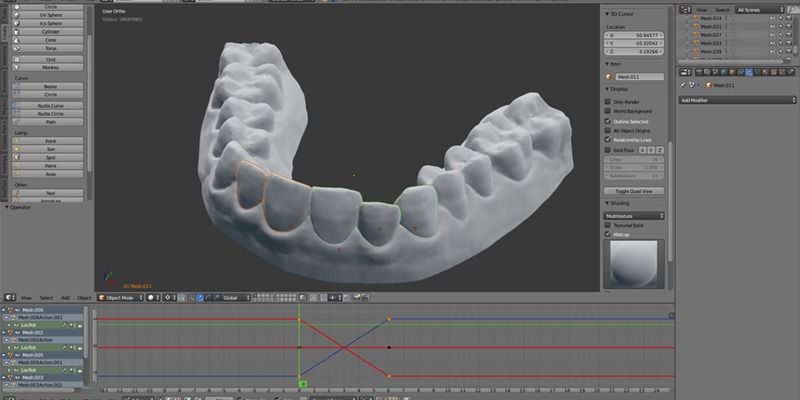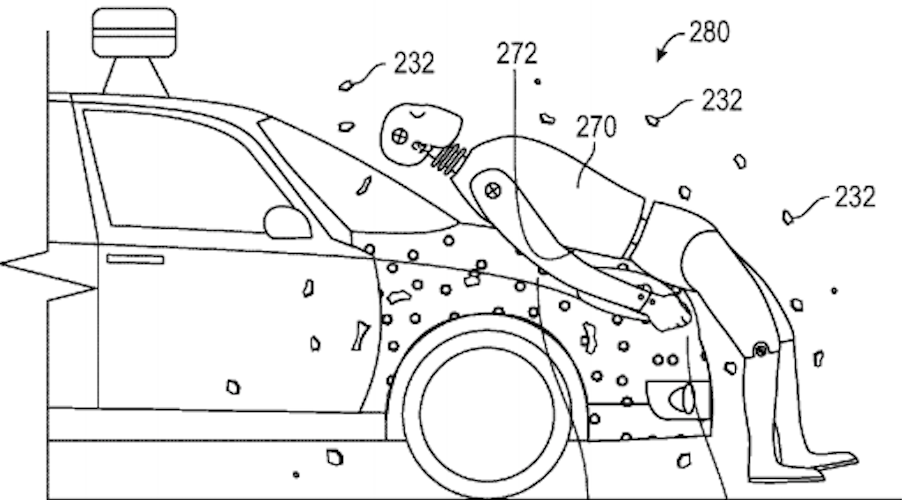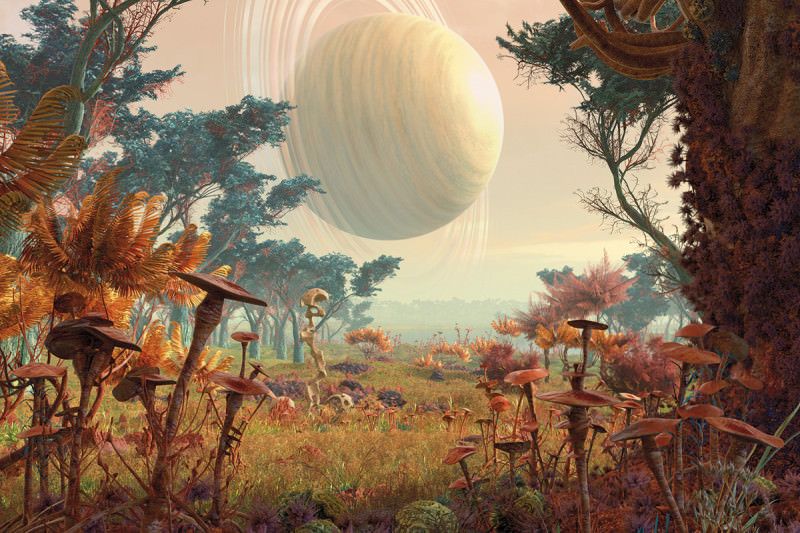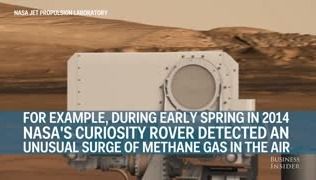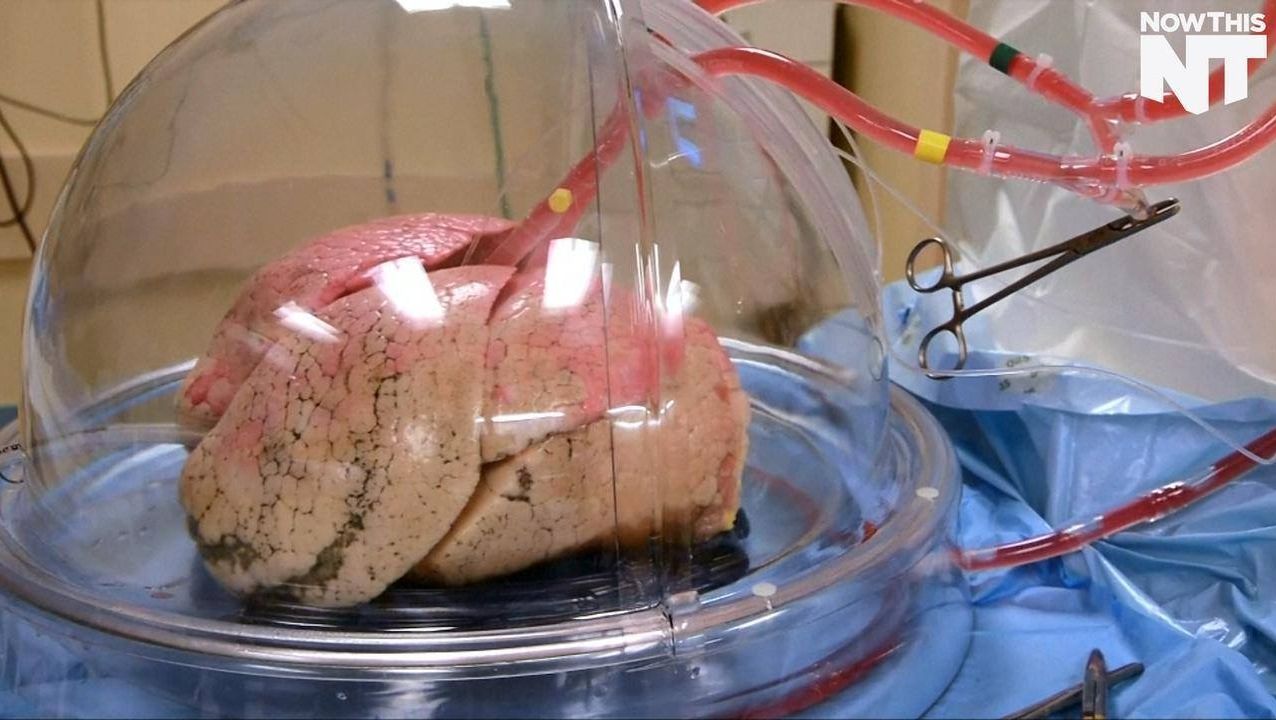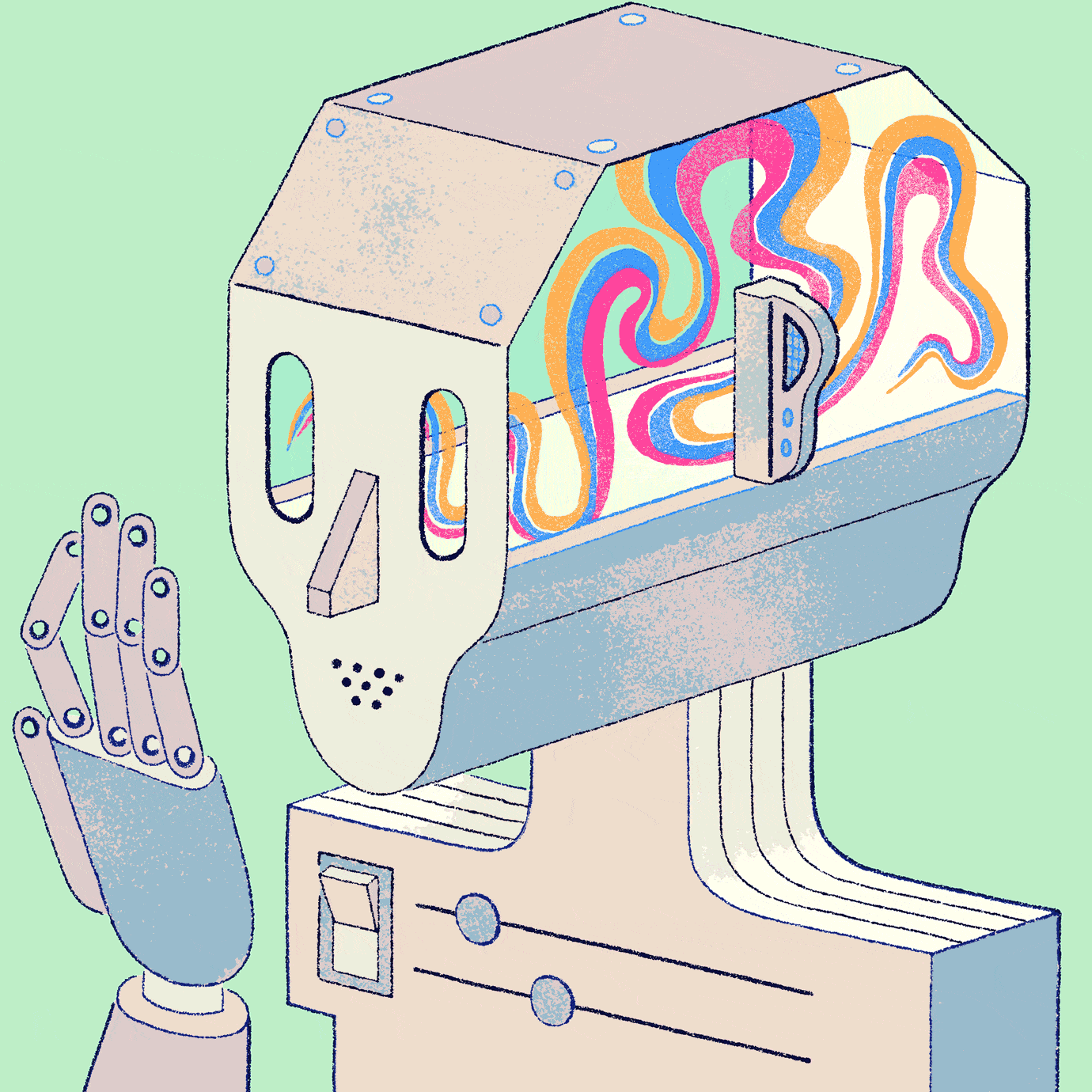May 19, 2016
This college student 3D printed his own plastic braces for $60 — and they actually fixed his teeth
Posted by Karen Hurst in categories: 3D printing, education, health
Ever dream of becoming a dentist? Or, have family members needing new dentures? Or, know that one person who would look good if they only had some teeth. This 3D Printer is your answer.
An undergraduate at New Jersey Institute of Technology made his own plastic braces using a 3D printer, $60 of materials, and a healthy dose of ingenuity — and they actually worked.
Amos Dudley had braces in middle school, but he didn’t wear a retainer like he was supposed to, so his teeth slowly shifted back.
